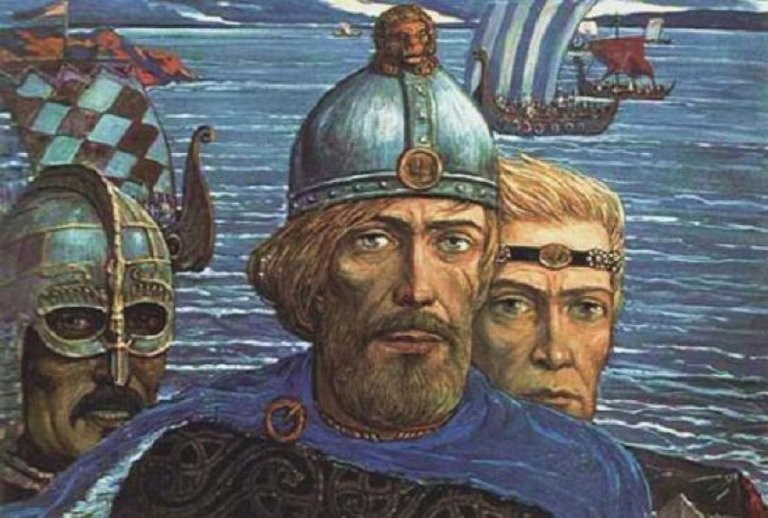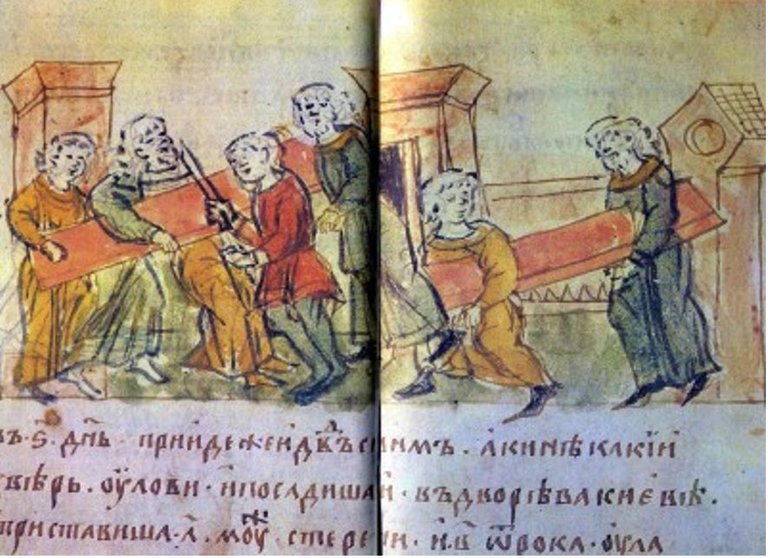This position paper aims to evaluate the origins of the Russian people with understanding the two popular yet contradicting theories which are the Normanist and the Soviet theory. The researcher uses books, journals and online articles to further elaborate its ideas and position on this matter.

Source
Russia’s history is considered to be one of the most interesting and colourful for many historians. Russia was not exactly "Russia," but a collection of cities that gradually coalesced into an empire. According to the account of Wilson J., in which he emphasized that to further understand the origin of first settlers in Russian it is essential that we considered the foundations of Moscow and the Russian State. Moscow is not just a city for itself. It was a fort that became a city that became a state, that became an empire that became a superpower. Through this, we will trace and analyse Russia’s history as a product of its geographic development.

Source
While it’s been awhile and has been the talk throughout the years, the debate on the origin of the Russian people continues and two theories aare still consider be pushed by scholars and historians; the Normanist and the Soviet theory. It’s important to understand these theories to come up with a concrete position on this matter. A series of publications and books has been written about the Normanist theory as well as the anti-normanist. With both theories exceptionally amazing giving the evidences and arguments they provided, it became a challenge for me to make a side on this matter on a personal level. Upon reading few articles and book I was more convinced by the historiographical views of German scholars, including G. S. Bayer and G. F. Miller.

Source
My basis of supporting the normanist theory were the strong evidences provided by The Tale of Bygone Years (The Primary Chronicle), which contains an account of the summoning of the Varangian princes Riurik, Sineus, and Truvor to Rus’ in A.D. 862. This was one of the strong evidences that I considered to be authentic. Basing themselves among Finnic peoples and Scandinivians in the upper Volga region, they formed a dispora of traders and raiders exchanging furs and slaves for silk, silver and other commodities available to the east and south. Around the ninth century, on the river routes to the Black Sea and vice versa. Other basis of mine as you can read in my first paragraph that I emphasized Moscow is because it is interesting to note that the name “Moscow,” applied to both the new garrison and the adjacent river, may have come from the Slavic, Baltic, or even Uralic or Finno-Urgic peoples who lived in or traveled through the land for centuries before.
Nonetheless, whether it is true or not, these two theories continue to create boundaries and impact either ways. The struggle between the Normanists and Soviet theory and between the Slavophiles and Westerners made Russian history the subject of heated polemics of a distinctly political nature.

Source
Source
1.Thomsen, V. (1877)The Relations between Ancient Russia and Scandinavia and the Origin of the Russian State (Oxford and London)Wilson, J.(1976)The 2.Origin of Rus’: An Inaugural Lecture (Cambridge, Mass)
Posted from my blog with SteemPress : http://zam398.vornix.blog/2018/08/17/position-paper-russian-origin-through-the-normanist-theory/